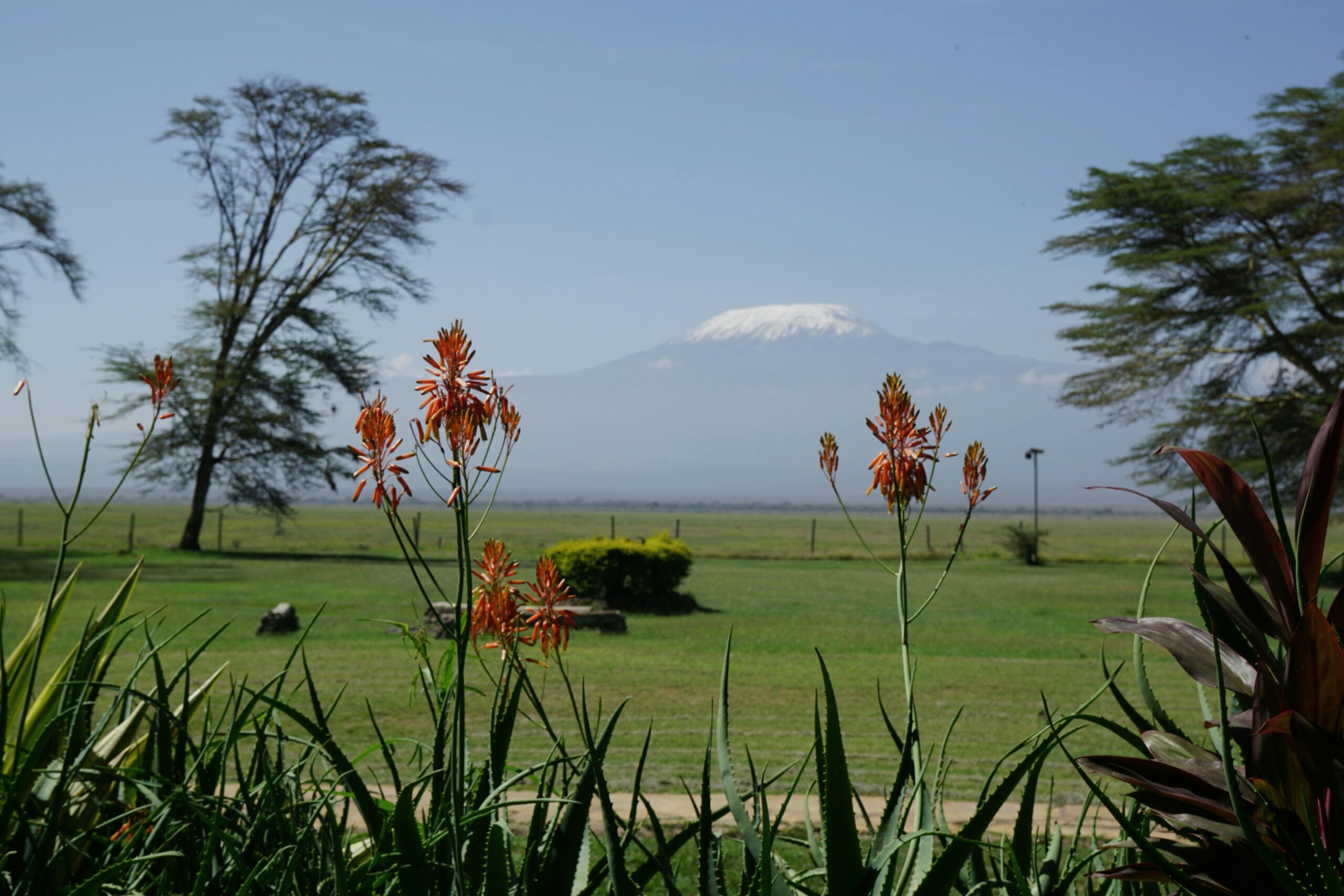Your cart is currently empty!
Volcanic Soil and Alpine Air Yield Kenya’s Floral Economic Boom

Kenya, a nation globally recognized for its wildlife safaris, quietly sustains a robust commercial and ecological powerhouse: its extraordinary floral diversity. From the sun-baked plains bordering the equator to the crisp air near Mount Kenya’s peaks, the country has leveraged its rich ecological variation and mineral-laden volcanic soils to become a global leader in floriculture, exporting a kaleidoscopic array of blooms that reflect its varied topography.
The country’s success in the global flower market centers primarily on the Central Highlands, forming the economic backbone of its floral exports. This region, encompassing areas like Naivasha, Nairobi, and Thika, rises between 5,000 and 8,200 feet above sea level. This high altitude provides ideal growing conditions: cool nights that strengthen the plants, intense equatorial sunlight for vibrant coloration, and fertile volcanic soil rich in minerals.
The Rose Economy of the Highlands
Lake Naivasha, in particular, is the epicenter of this activity, surrounded by vast networks of greenhouses. Roses, prized worldwide for their longevity and rich colors, dominate these farms. Kenya consistently ranks among the world’s top exporters of cut roses, competing directly with established markets in South America and the Netherlands. Beyond roses, the highlands commercially cultivate bright Gerberas, delicate Carnations, and specialized Orchids, often destined for luxury markets across Europe and Asia.
The Great Rift Valley, a geological marvel running through the country, further contributes to this floral output. The same tectonic forces that carved the valley millennia ago left behind fine, porous volcanic soil, excellent for growing. Towns such as Nakuru and Eldoret capitalize on these conditions to produce elegant Lilies and Alstroemerias, complementing the highland roses with different structures and colors for the international bouquet trade.
Tropical and Alpine Extremes
While commercial cultivation flourishes in the high-altitude volcanic belt, Kenya’s floral story extends far beyond the export market, reflecting its extreme environmental niches:
- Coastal Plains: Along the humid, hot Indian Ocean shoreline, tropical plants thrive. Beaches and resorts showcase vibrant Bougainvillea, fragrant Frangipani (Plumeria), and explosive pocket gardens of Heliconias and native tropical orchids, blending seamlessly with the palm-laden landscape.
- Mountain Sanctuaries: The towering, misty slopes of Mount Kenya and the nearby Aberdare Ranges host an entirely distinct, critically unique flora. Here, high-altitude species such as the dramatic Giant Lobelias and towering Groundsel adapt to thin air and intense ultraviolet light. These zones serve as vital sanctuaries for numerous endemic wildflowers and unique montane orchids.
- Savanna Resilience: Even the vast, iconic semi-arid savannas contribute. Following seasonal rains, these regions briefly burst into color, showcasing the resilience of plants like Desert Lilies, hardy Wild Hibiscus, and the nectar-rich blossoms of Acacia trees, crucial for the local bee population and wildlife.
Kenya’s impressive floral spectrum underscores its extraordinary biodiversity — one that is both an ecological treasure and a significant economic driver. The interplay between climate, geography, and soil conditions has positioned the country not just as a location for growing flowers, but as a dynamic global leader, where every region, from the tropical coast to the icy peaks, contributes a unique chapter to a captivating botanical narrative.